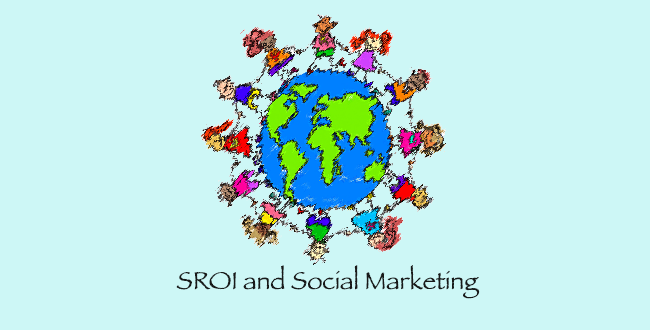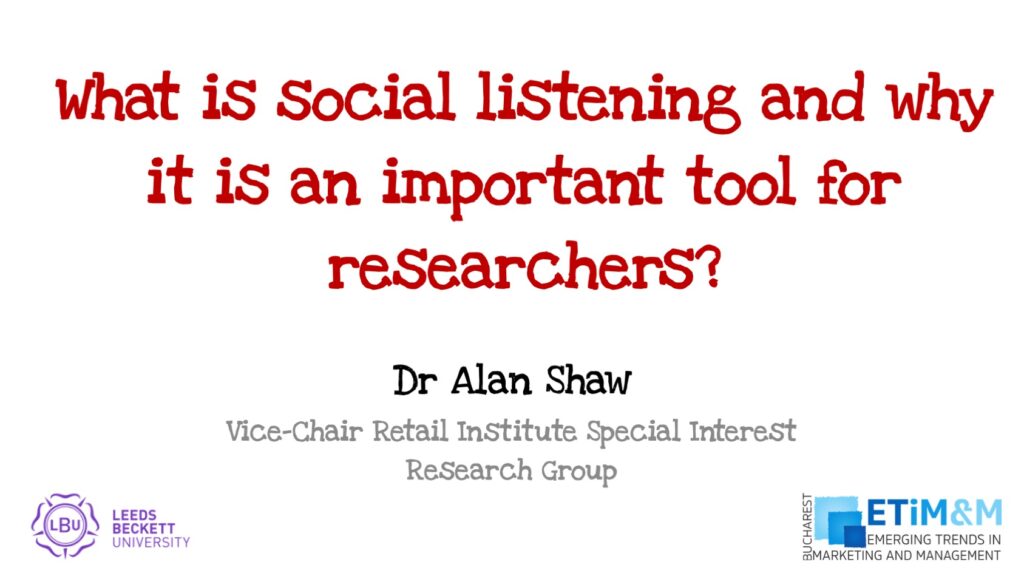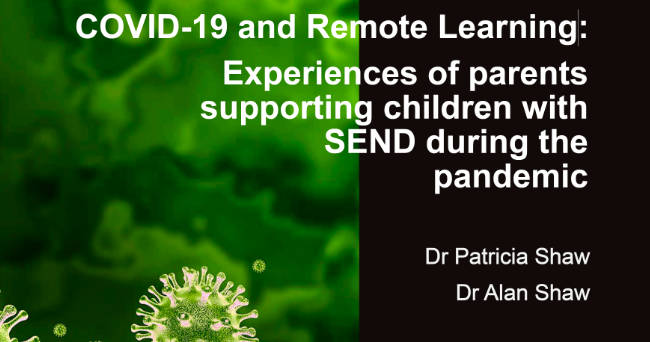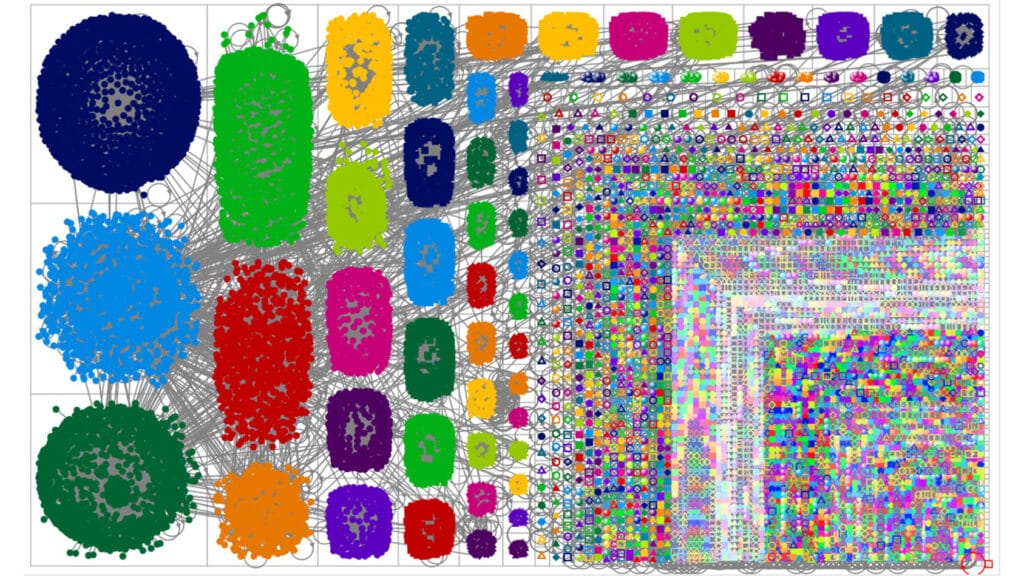This is a summary of the paper I presented at the ISM-Open Conference 2014 yesterday. It builds on my previous post, ‘How To Use Social Return On Investment (SROI) To Measure Marketing Effectiveness‘.
Purpose: The objective of this study is to demonstrate how an existing cost based analysis framework can be utilised to assess either the potential or actual impact of a social marketing campaign. It is based on a case study with People Matters (Leeds) CIC who commissioned the author to analyse the effectiveness of its social marketing campaigns so that it could demonstrate value and gain additional funding from the Big Lottery.
Theoretical background: A recent study by Stead et al (2007 p128) identified that despite there being a large number of primary studies purporting to measure social marketing effectiveness only a small number looked at the campaign’s value in general as a behaviour change approach. They also argue that many studies fail to adopt a systematic approach.
Social Return On Investment (SROI) is a cost benefits analysis approach that can demonstrate the success of a social enterprise (Arvidson, Lyon & McKay, 2013). Its use, in a social marketing context, may counter some of the criticisms put forward by Stead et al (2007).
Case Study Background: People Matters (Leeds) CIC is a Third Sector organisation whose purpose is to provide support to individuals with learning difficulties. The project focused specifically on their “Teens to Twenties” programme: designed to instil confidence and independence. The Big Lottery, the primary funding source, required evidence that the programme was effective and worthy of reinvesting in.
Approach (Completed): The programme was first assessed against Andreasen’s (1994) Social Marketing Benchmark Criteria. A qualitative approach was then adopted using semi-structured interviews involving the parents (guardians) and the child. Ethics required these interviews to take place together. Some of the older participants (over 18 years old) had the opportunity of attending the interviews either on their own or with a carer, parent, personal assistant or friend. The initial framework for the semi-structured interview was based on the proposed outcomes of the original Big Lottery bid.
Approach (To be Completed): A thematic analysis approach will be used to analyse the data and the SROI Framework (HM Treasury, 2010) will be used to produce the final results.
Preliminary Findings: The programme satisfies all of Andreasen (1994) Social Marketing Benchmark Criteria, qualifying it to be a social marketing campaign. Table 1 provides the reader with a breakdown of the study’s demographics.
Table 1: Study Demographics
It must be stressed that work is still on-going however the following has been found:
Increased self-confidence: participants stated that their self-confidence had increased. They felt that they had more of a social life and had become less reliant on parents and carers. The parents and carers were particularly pleased, they believed that People Matters had given “a purpose” to their child and they could see a marked difference in their happiness.
Increase independence: the programme had given the participants greater independence; all had stated that they were now happy to travel on their own although most would only do so on buses.
Understand how to use money: the programme taught individuals how to use money. The participants were now able to use it to travel and to shop. Most stated that they would only deal with cash, some had progressed to even having their own bank account and debit card.
The objective of an SROI is to demonstrate that for every £1 spent on a programme there will be £X return in social value (HM Treasury, 2010 and HM Government, 2011). This is what the study is currently working on.
Limitations: The study is only a “snap shot” of the issues highlighted through a self-reporting mechanism. The ideal approach would be to use a longitudinal study, measuring the impact of every individual attending the course.
Practical Implications: The approach used in this study can be adapted by other researchers and practitioners. It will provide a step-by-step guide with highlights of the concerns and limitations that should be considered.
Social implications: It is highly likely that the results of the SROI review will be vital for People Matters (Leeds) CIC in getting additional funding. It could be argued that other organisations with similar problems could adopt the same approach.
References:
ANDREASEN, A.R., 1994. Social marketing: its definition and domain. Journal of Public Policy & Marketing, , pp. 108-114.
ARVIDSON, M., LYON, F., MCKAY, S. and MORO, D., 2013. Valuing the social? The nature and controversies of measuring social return on investment (SROI). Voluntary Sector Review, 4(1), pp. 3-18.
FLOCKHART, A., 2005. Raising the profile of social enterprises: the use of social return on investment (SROI) and investment ready tools (IRT) to bridge the financial credibility gap. Social Enterprise Journal, 1(1), pp. 29-42.
HM GOVERNMENT, 2011. Open public services, White Paper, London: Cabinet Office.
HM TREASURY, 2010. Green book: Appraisal and evaluation in central government, London: HM Treasury, www.hm-treasury.gov.uk/d/green_book_complete.pdf [Accessed on 13/06/14]
STEAD, M., GORDON, R., ANGUS, K. and MCDERMOTT, L., 2007. A systematic review of social marketing effectiveness. Health Education, 107(2), pp. 126-191.
Alan Shaw
Latest posts by Alan Shaw (see all)
- What is social listening and why it is an important tool for researchers? - July 31, 2021
- COVID-19 and Remote Learning: Experiences of parents supporting children with SEND during the pandemic. - June 30, 2021
- Using Netnography To Evaluate The Launch And Collapse Of The European Super League - April 21, 2021
- Developing Semi-Structured Interview Questions: An Inductive Approach. - April 9, 2020
- Developing Semi-Structured Interview Questions: A Deductive Approach - April 9, 2020
















